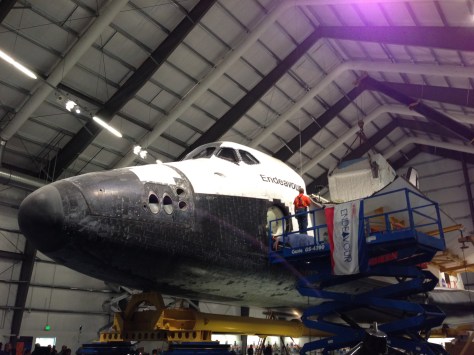Last week I had the opportunity to enjoy a powerful production of Horton Foote’s The Trip to Bountiful at the Ahmanson Theatre in downtown Los Angeles. The performances, staging, and set design were all truly fantastic. It is now entering the final week of its run and I recommend catching it if you have the chance.
Set in the spring of 1953, the play focuses on the character of Mrs. Carrie Watts, brilliantly portrayed by Cicely Tyson. Carrie is in the twilight of her life. It has been 20 years since she last visited her hometown of Bountiful, TX – a mere three-hour drive from Houston, where she lives with her son Ludie (Blair Underwood) and daughter-in-law Jessie Mae (Vanessa Williams). Her days are made of sharing a cramped one bedroom apartment with Jessie Mae and reflecting upon her childhood in Bountiful.
Seen from one perspective, the play is a sort of love letter to small town life. Carrie pines to escape the big city and return to that place, which has become to her a symbol of happiness, freedom, and pristine beauty. Ludie, too, is enamored with it. Jessie Mae stands out as the one person that harbors no affection for Bountiful, which serves to make her the lone antagonist within the world of the play.
Seen another way, however, the play is an allegory to what happens when we create within ourselves an idealized version of past places and events. Though Carrie reveals at one point that her father struggled to keep the family farm going and we learn that unsustainable farming practices reduced the community to a ghost town, Carrie chooses to cull out only the happy memories that she has of the place and the people with whom she shared it. She has come to hold Bountiful sacred as a utopian ideal, where the people were kind, the air was fresh, and each day was full of joyous adventures.
And so it is with life, once we begin to hold an idealized past time and place in our minds, the present time becomes more cruel and wherever we live now seems to have nothing good to offer. Time tends to wash away pain and intensify positive memories, making them more pungent, poignant and blissful than they actually were. We run the risk of having our past become a toxin that poisons our present.
I saw this trick of the mind play out many times during the years that I worked as an actor in Los Angeles. People arrived here seeking opportunity in the entertainment industry, but ended up pining for the place from which they came. Crystalline memories of home made the harsh realities of this place all the harder. Eventually, it seemed like everything was better where they came from. They would stop looking for the good in this place and these people. They’d start to wonder what they were searching for when they came here – after all, things were pretty great there. Like Carrie, they would come to wonder how they came to feel so bitter and angry all the time. They’d start to think that maybe if they went back home, then they’d become more like the happy person they once were.
And so that’s the great takeaway from The Trip to Bountiful. Like Carrie, we’d probably all be a lot happier in the here and now if we would let the past remain in the past, and stop taking it out of the box from time to time to clean it, polish it, and move it a little higher up on the mantel.









